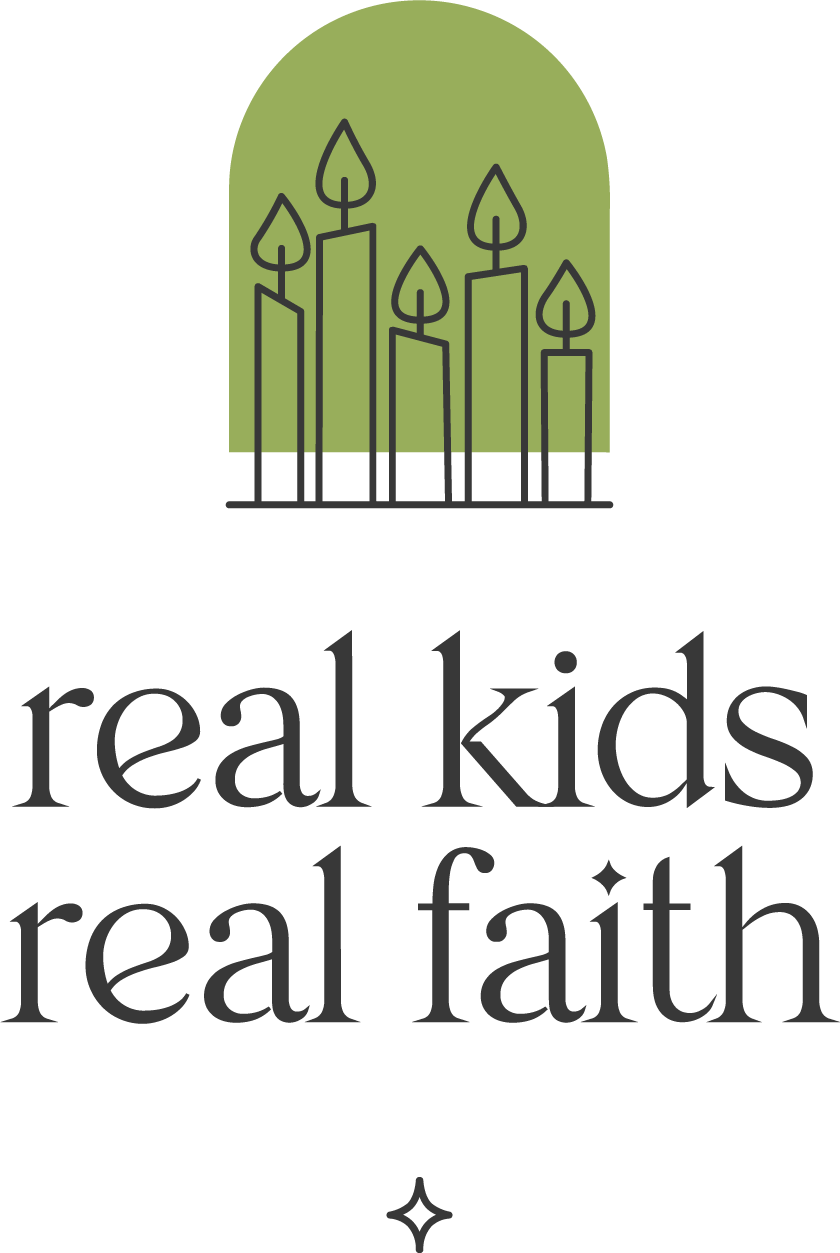My family lives close enough to the ocean that we can visit frequently. My children enjoy walking on the beach, playing in the waves, and looking for different sea creatures. However, we rarely stop to reflect on our interdependence with the ocean and the animals that live in it.
I Love You, Blue explores the close relationship between a child and a whale. Author Barroux offers a simple story that invites children ages 3-8 to explore how they can protect our oceans and the wildlife that lives in them. Use one or more of these activities to enhance their ocean adventure.
Ocean meditation. Throughout the story, the child finds more and more things to love about the ocean. It even becomes a source of comfort and joy as they discover a friend there. Play a recording of ocean waves and invite children to participate in a guided meditation. Say: Close your eyes and imagine you are in the ocean (pause). Listen to the sound of the waves (pause). Notice the fish swimming by (pause). See the many shades of blue reflected in the water (pause). Feel the water around your body (pause). Smell the ocean smells (pause). Taste the saltwater on your lips (pause). End the meditation by saying: When you are ready, open your eyes. Then invite children to share what they sensed and felt during the meditation.
Plastic problems. Plastic bags floating in the ocean can often resemble jellyfish. Blue eats some, thinking they are food, and becomes sick. Invite children to research (see end pages and Related Resources) the problems associated with plastic items in the ocean. Make posters that identify what can go wrong and how people can make a difference. Tape them up in a public place or share them on social media.
Communicating care. When the child is unable to go out on the water, they send messages to Blue through the lighthouse, blinking, ‘I love you, Blue.” Ask: What are some ways that you express love for others without words? What are some ways that you feel love from others? Take turns showing each other your favorite ways of giving and receiving love without words.
Strange friends. Blue and the child are unusual friends. They do not live in the same environment, they don’t speak the same language, and yet they get along and look out for each other. Ask children: What sea creatures would you want to be friends with? Imagine together what this relationship would look like. Ask: What would you do together? How would you care for each other? How would you communicate? Invite children to draw pictures of themselves and their sea friends enjoying time together.
Wild swings. The ocean can go from quiet and calm to stormy and rough. The child is out sailing on a calm day, but moments later the ocean turns rough and the boat capsizes. With children, pretend to be a boat on a calm ocean, swaying your body slowly back and forth. Then pretend to be a boat on a rough ocean, bouncing and swaying wildly and even falling down as if capsized. Ask: How did your body feel when you imagined sailing on a calm ocean? How did it feel when you rode the rough waves?

Comments